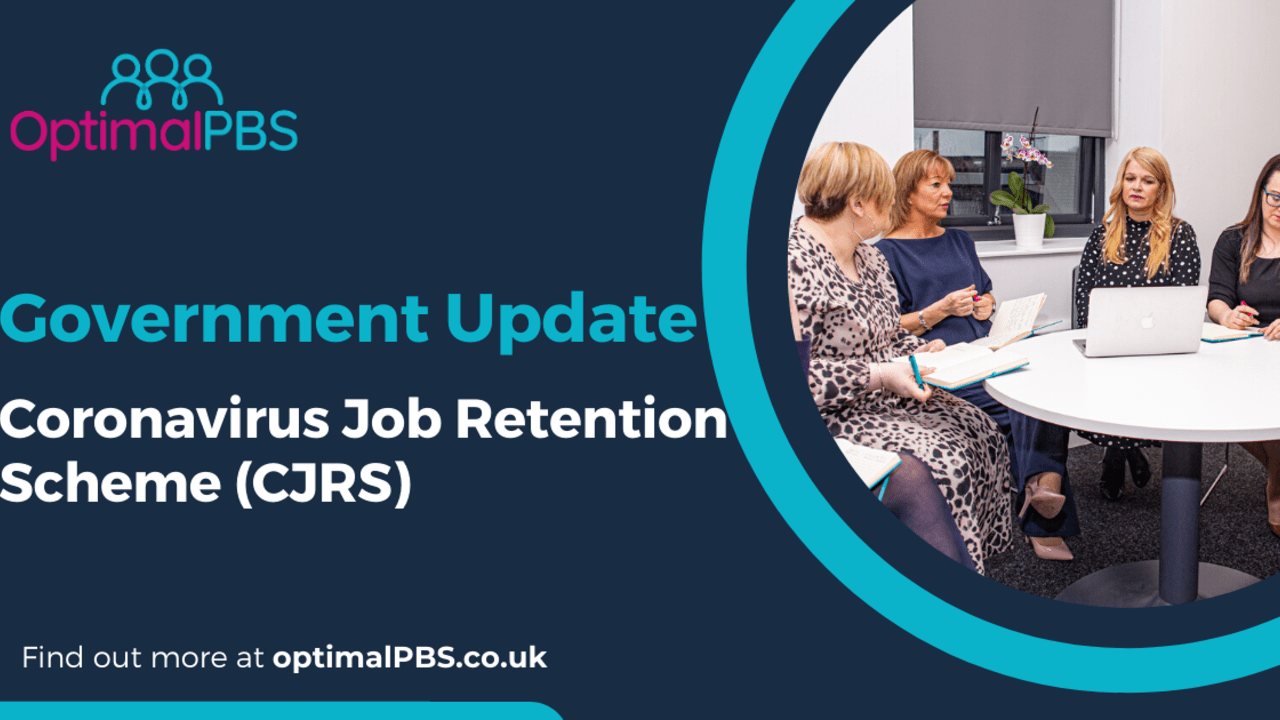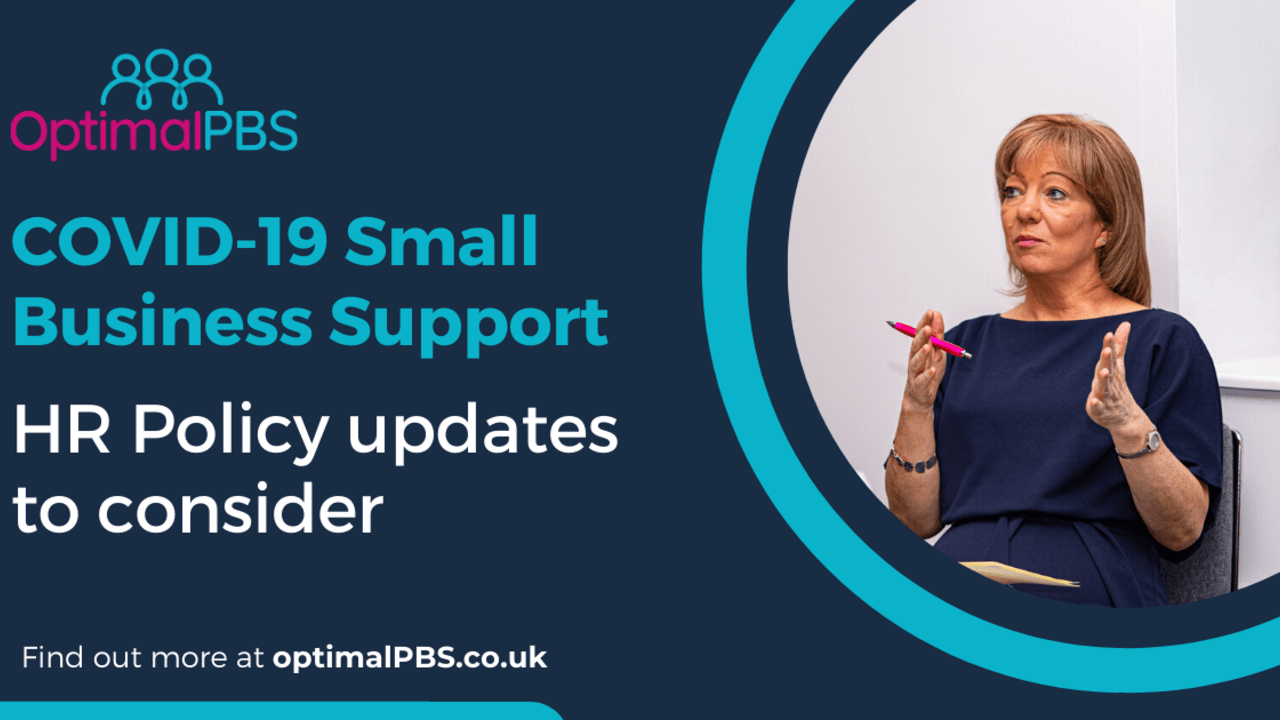Changes from April 1 every employer needs to know about
There’s never a dull moment for Employers or HR professionals, and the Government changes from April 1 have kept us all nicely busy as we update our systems to suit. Here’s everything you need to know to stay on top of the latest updates to employment legislation.
The National Living Wage (and National Minimum Wage) is going up!
Thousands of low paid workers are set for a pay increase next month, as the Government increases the National Living Wage from £8.72 per hour to £8.91 per hour.
The changes announced last November will finally come into effect next month with everyone aged 23 and over set to benefit from the 2.2% increase, including the two ages previously exempt now joining the ’25 years and over’ club as eligible for the scheme. That’s around 4% of the UK population who’ll benefit from the change from April 1.
Until now, anyone below 25 years has been forced to settle with the lower-paid National Minimum Wage, with pay rates under this scheme starting at £4.55 for 16 and 17-year-olds and rising to £8.20 for ages 21 to 24 years. Now, 23 and 24-year-olds will receive a pay increase of close to 9%, while those already in the 25+ age bracket will receive an increase of just 2.2%. Those aged 21 to 22 years, while not yet eligible for the new NWL scheme will see their minimum wage rate increasing by 2% to £8.36 per hour.
So, make sure you’ve made those changes to your payroll system from April 1.
Family-related pay and statutory sick pay are also on the rise.
Also commencing this month, an increase to the weekly rate for family-related absence and statutory sick pay. From April 4, maternity, paternity, adoption, shared parental and parental bereavement pay increases to £151.97 per week, and from April 6, statutory sick pay increases to £96.35 per week.
Employees must always meet several criteria to qualify for these types of pay, and the UK Government website explains each one in full.
Since each of the new rates become mandatory on their respective date, employers and HR professionals are expected to familiarize themselves with the changes immediately. Also critical is your ensuring any documentation referring to the rates is amended to reflect the changes and for all employees to be notified.
Redundancy pay rates are also changing in April.
Another key change for Employers and HR specialists to be aware of is the statutory redundancy pay which was increased from April 6. From this date, the maximum weekly pay has increased to £544.
The maximum compensatory award for unfair dismissal also increases for those taking place on or after April 6, from £88,519 to £89,493.
Gender Pay Gap reporting has been extended until October 2021.
Employers with over 250 staff are required by law to report on the difference in pay between their male and female workers. Typically, the report is due for submission at the close of March although in 2021, due to the ongoing situation with the Covid-19 virus, the deadline has been extended to October 5.
Introducing IR35 on April 6.
The new ‘anti-avoidance tax legislation’ also comes into effect this month, with employers now responsible for proving any contractors are self-employed and not employed by the business, to reduce tax fraud.
As of April 6, any employer who uses self-employed contractors in its business is required to become familiar with the difference between the two types of worker – employed or self-employed contractor – for tax purposes, to ensure they are meeting the correct tax requirements.
Since the above are all legislated it’s critical to implement any changes to avoid headaches down the track.
In need of some HR advice? Wherever you are in the UK, you can arrange a chat with one of our friendly professional HR advisors at any time.
Call us on 0330 0881857 or email enquiries@optimal-hr.co.uk
We’re also on Facebook, Twitter, Instagram and Linked In!










